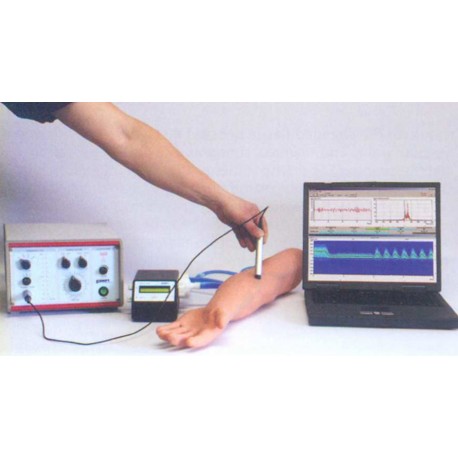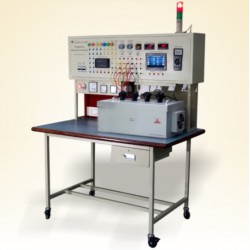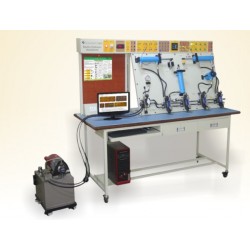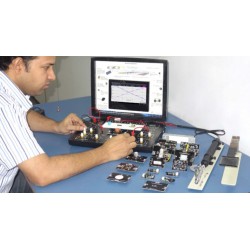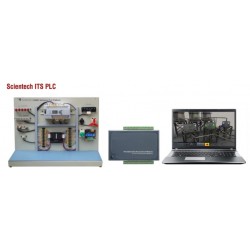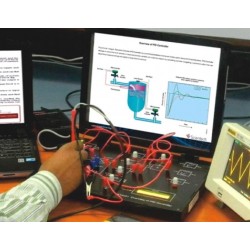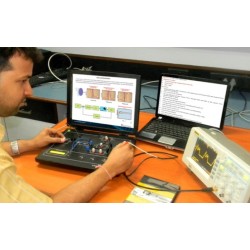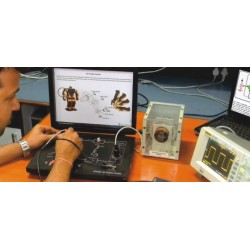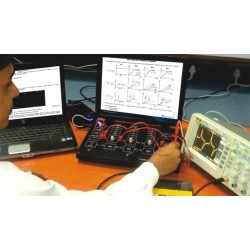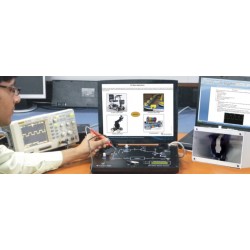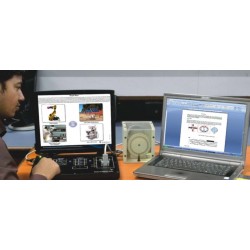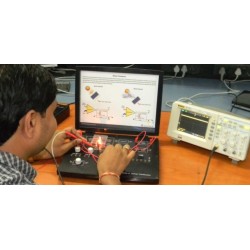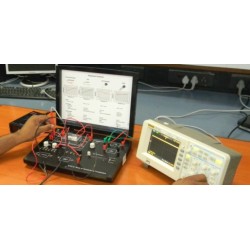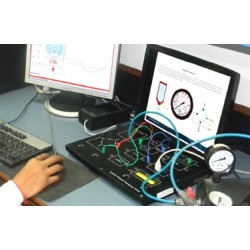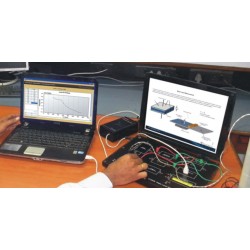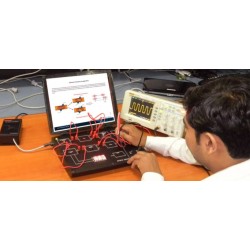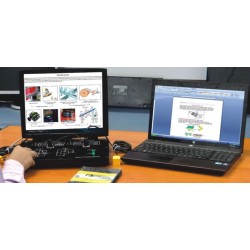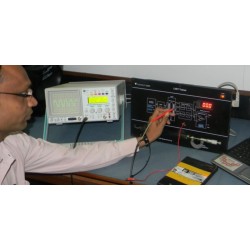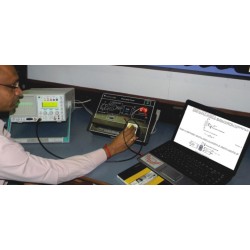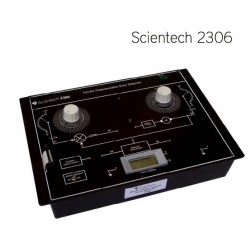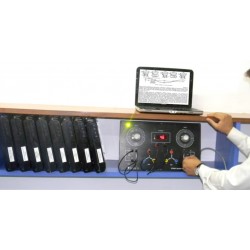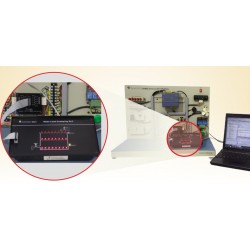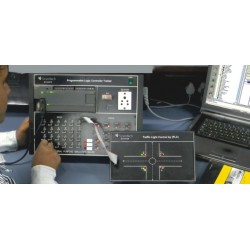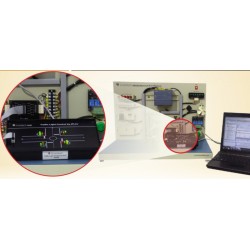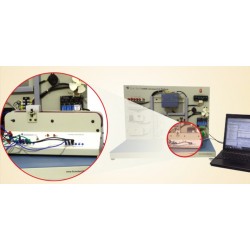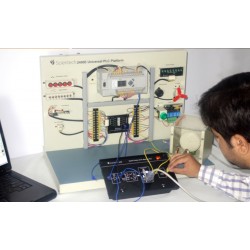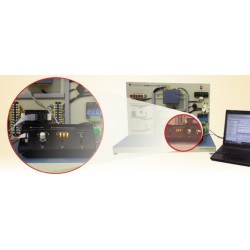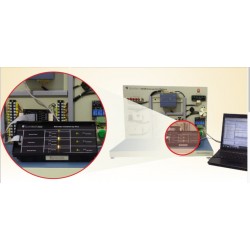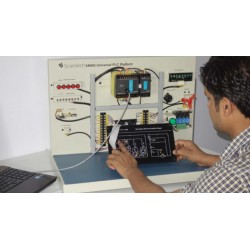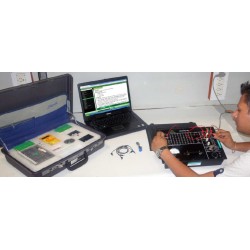No products
Prices are tax excluded
Product successfully added to your shopping cart
There are 0 items in your cart. There is 1 item in your cart.
Scientech13E Doppler Sonography
Scientech13E
New
The Doppler Sonography (Scientech 13E) is used to measure the blood flow with the doppler ultrasound. A realistic arm model is used to show the differences between continuously (venous) and (arterial) flow and between normal blood flow and a stenosis.
DOES NOT HAVE CE MARKING
- Consulta este producto
- Remove this product from my favorite's list.
- Add this product to my list of favorites.
| Category | Biomedicine |
Scientech13E Doppler Sonography is an ideal platform to enhance education, training, skills & development amongs our young minds.
Doppler Sonography
Doppler Sonography uses the doppler effect to assess whether structures (usually blood) are moving towards or away from the ultrasonic probe,and its relative velocity. By calculating the frequency shift of a paticular sample volume, for example a jet of blood flow over a heart valve, speed and direction of sample volume can be determined and visualised. Doppler frequency shift is the difference in ultrasound frequency between transmitted and received echoes, the echoes frequency minus the transmitted frequency. The doppler frequency is proportional to the blood flow velocity. Doppler sonography is used for cardiovascular study (sonography of the vasculature system and heart) and reverse blood flow in the liver.
Procedure
The pump is switched on and the speed is adjusted in a middle range (ca. 4000 min -1). The mode is GK (continuously, venous). With the doppler probe and coupling gel the arm model is scanned for a vessel with a significant audio signal. The flow in the spectral image is analysed for negative and positive components . The probe direction is then switch by 180º. Then the vessel is scanned for changes in the spectral image and the differences between the image of healthy vessel and the stenosis will be characterised.The pump is switched to P1 and P2 Mode (pulsatil ) the image are analysed and pulse rate is determine.

